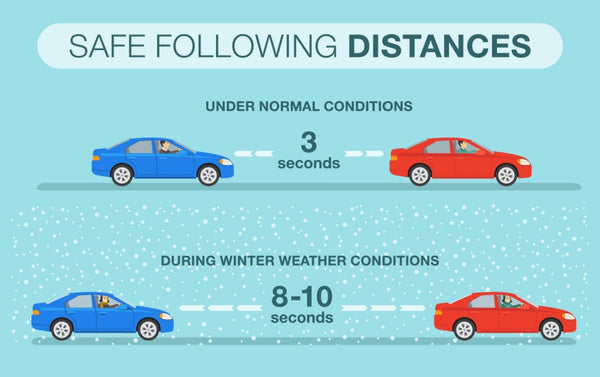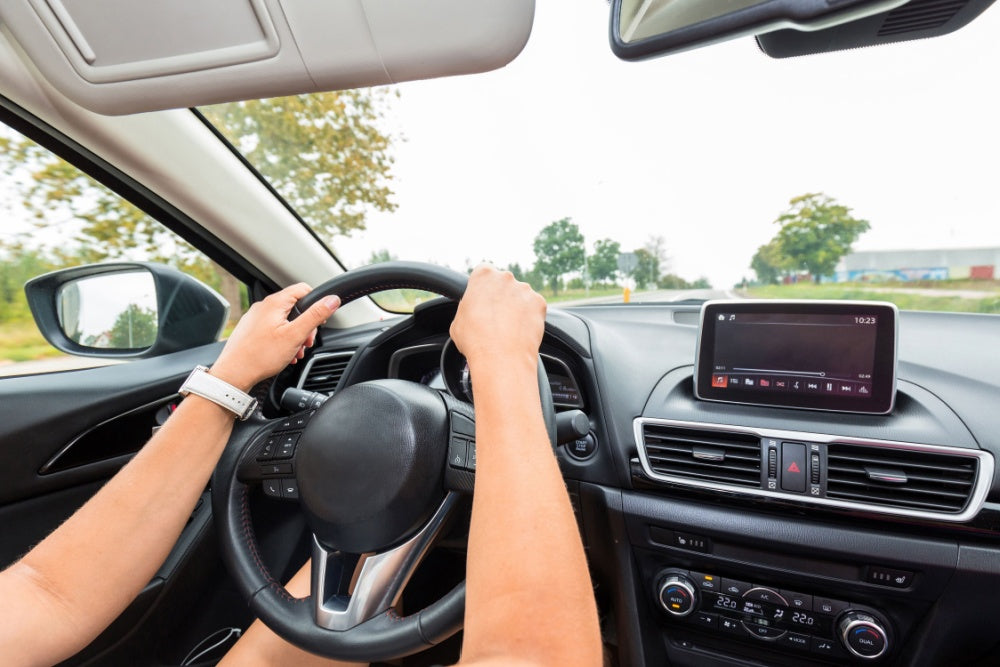In today's fast-paced world, the roads are more congested than ever, making the need for proper driving etiquette more significant. Courteous driving doesn't just make the roads more pleasant for everyone; it directly impacts road safety and can significantly reduce the number of incidents and accidents. This post aims to shed light on those unwritten rules of the road that every driver should follow, whether you're a new driver, a car owner, or someone passionate about road safety.
Yielding the Right of Way
Understanding when and how to yield can prevent many misunderstandings and accidents on the road. Whether merging onto a highway, navigating a roundabout, or coming across pedestrian crossings, knowing who has the right of way is paramount. Yielding isn't just about following the law but respecting others' safety.
Use of Turn Signals
Signing your intentions well before turning or changing lanes is a basic yet often overlooked aspect of driving etiquette. Failure to use turn signals or forgetting to turn them off can lead to confusion and, worse, collisions. Always make your actions predictable to others on the road.
Maintaining Safe Following Distances
The "two-second rule" is an excellent guideline for maintaining a safe following distance. It gives you ample time to react to sudden stops. Tailgating intimidates other drivers and dramatically increases the likelihood of a rear-end collision.

Handling Highways and Multi-Lane Roads
Understanding the proper use of lanes on highways and multi-lane roads ensures smooth traffic flow and reduces road rage. The left lane is typically reserved for passing or overtaking slower vehicles, while the right lane is for consistent speed travel. Remembering this can make highway driving safer for everyone.
Navigating Intersections and Stop Signs
Intersections and stop signs can be points of contention among drivers. At a four-way stop, the vehicle that arrives first has the right of way. In uncontrolled intersections, usual right-of-way rules apply, but patience and caution are always advised. When turning, ensure you're in the correct lane before reaching the intersection.
Dealing with Parking Lots and Tight Spaces
Parking lots can be challenging, especially during peak hours. Practicing patience and courtesy, such as not taking up two spaces and being cautious of pedestrians, can prevent unnecessary stress and accidents. Always be mindful of tight spaces, where a little patience goes a long way.
Keeping an Eye on Speeding Trends
Recent studies have indicated a concerning rise in speeding-related incidents on the road. According to the National Highway Traffic Safety Administration (NHTSA), in 2020, speeding was a contributing factor in 29% of all traffic fatalities in the United States, marking a significant increase from previous years. This statistic highlights the crucial need for drivers to adhere to speed limits and practice patience behind the wheel. For more information, refer to the full report on the NHTSA website.
Respecting Pedestrians and Non-Motorized Traffic
Pedestrians, cyclists, and other non-motorized road users also have a right to the road. Sharing the road responsibly means acknowledging their safety, giving them space, and being vigilant of their presence. This respect and awareness are key to preventing accidents and ensuring everyone's safety.
Managing Road Rage and Aggressive Drivers
Encountering aggressive drivers is inevitable, but how you handle these situations can make all the difference. Staying calm, not retaliating, and keeping a safe distance can help defuse potential road rage incidents. Remember, safety comes first, always.
Looking for aftermarket auto parts in Miami?
Communicating with Other Drivers
Effective communication on the road isn't limited to turn signals and brake lights. A quick wave to thank another driver or using your hazard lights to indicate a problem can foster a sense of community and cooperation on the road. However, ensure your gestures are polite and not easily misinterpreted.
Cultivating a Culture of Respect on the Road
Driving etiquette is more than a list of dos and don'ts; it's about cultivating a culture of respect and consideration for all road users. Adhering to these unwritten rules can contribute to a safer, more efficient, and friendlier road environment. Remember, the small act of courtesy you show today can lead to a wave of respectful driving behavior, enhancing road safety for everyone.

